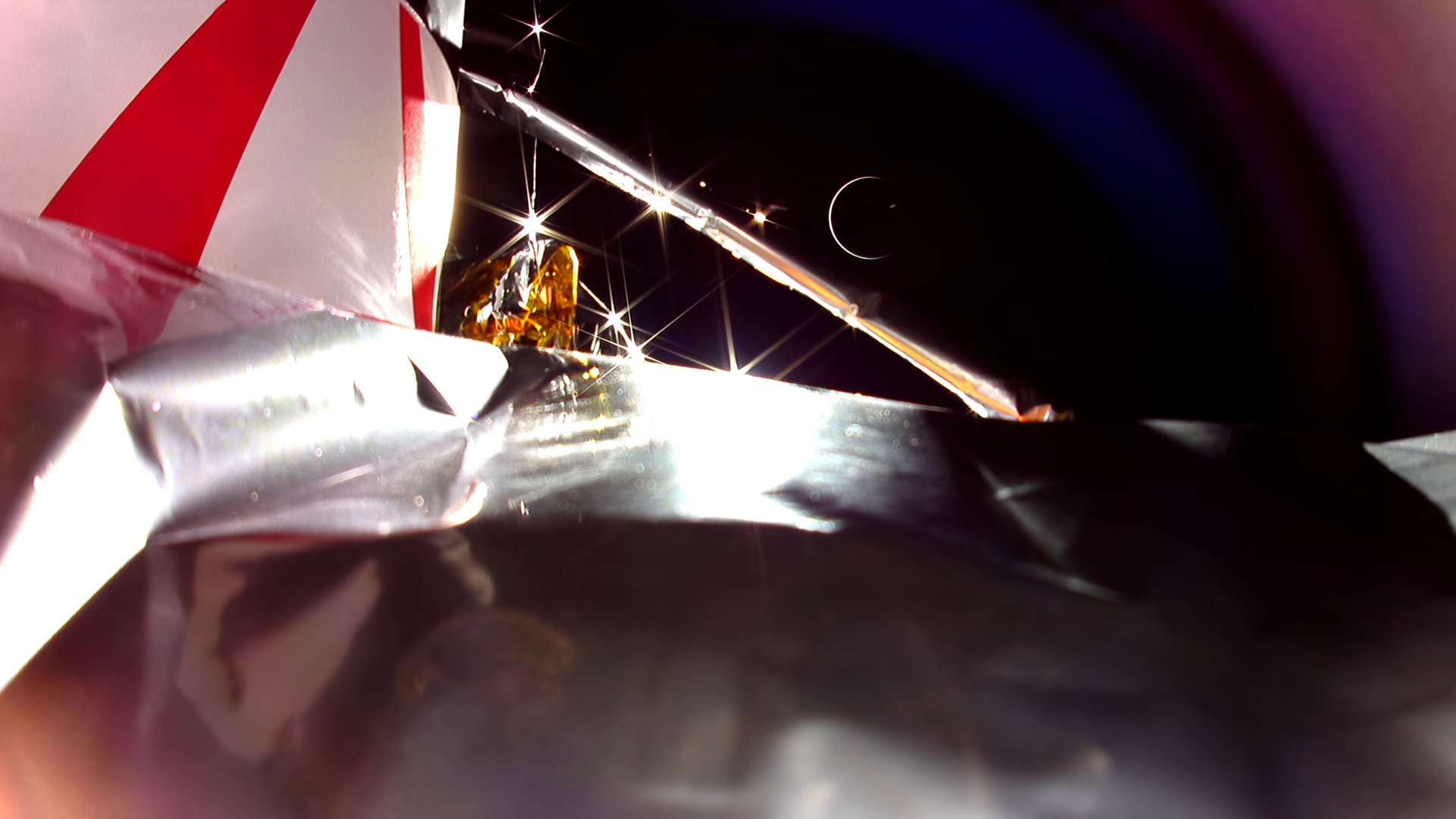The American spacecraft Peregrine, which launched on January 8 as part of an experimental partnership between NASA and the private sector, suffered an unhappy fate. After separation from the launch vehicle, an explosion occurred inside the vehicle, which led to a fuel leak. This put an end to the main goal of the mission — landing on the moon.

The developer of Peregrine, Astrobotic, said that the device would return to Earth and burn up in the atmosphere over the Pacific Ocean. The fall of the spacecraft occurred on January 18, and then the tracking station in Canberra (Australia) confirmed the loss of signal from Peregrine. Skillfully using maneuvering thrusters, Astrobotic steered the spacecraft over the ocean, minimizing the risk of landing.
(2/2)Peregrine captured this video moments after successful separation from @ulalaunch Vulcan rocket. Counterclockwise from top left center is the DHL MoonBox, Astroscale's Pocari Sweat Lunar Dream Time Capsule, & Peregrine landing leg. Background: our big blue marble, Earth! pic.twitter.com/1y4OsosNDp
— Astrobotic (@astrobotic) January 19, 2024
Astrobotic’s goal was to bring five NASA instruments to the surface of our moon to study the local environment before returning astronauts later this decade. If the spacecraft could successfully land on the moon, it would become the first American mission in half a century to do so, and Astrobotic would be the first private enterprise to achieve this. Only the government agencies of the United States, the Soviet Union, China and India have carried out a controlled landing on the moon to date.
The accident did not reduce interest in Peregrine, which, despite the damage, remained stable after the problems occurred. The spacecraft was attracting attention even after it became clear that the mission was doomed. NASA has spent more than USD 100 million to participate in Commercial Lunar Payload Services, hoping to deliver its scientific instruments to the moon.
(1/2) Update #22 for Peregrine Mission One pic.twitter.com/YIKQKE6fgH
— Astrobotic (@astrobotic) January 19, 2024
Although Peregrine has not achieved its goal, NASA will support the enterprise’s striving. Astrobotic is scheduled to conduct a second mission in 2024 and deliver a NASA’s rover called Viper to the moon. The first attempt by Intuitive Machines from Houston is likely to be launched next month. Its Nova-C spacecraft will be sent to the South Pole of the moon.
Japan is also planning a soft landing on the moon. If it succeeds, it will become the fifth country to achieve this goal.
Earlier, we reported on how the culprit was found in the failure of the Peregrine mission from Astrobotic.
According to BBC
Follow us on Twitter to get the most interesting space news in time
https://twitter.com/ust_magazine


